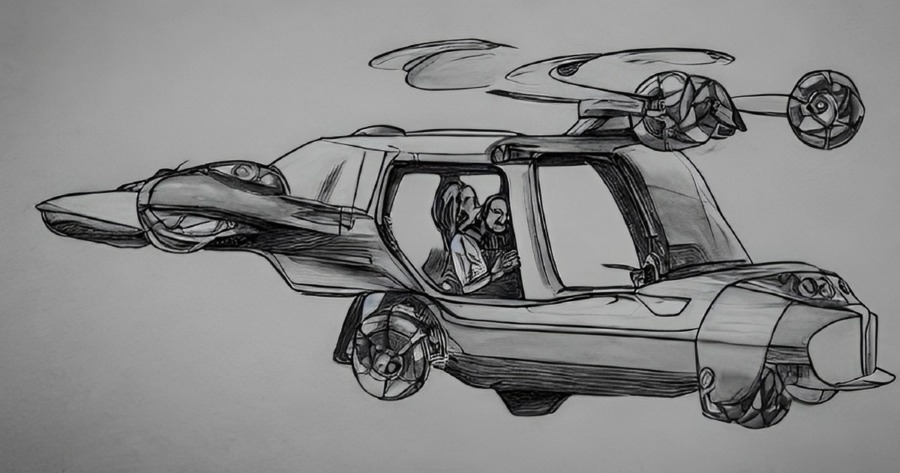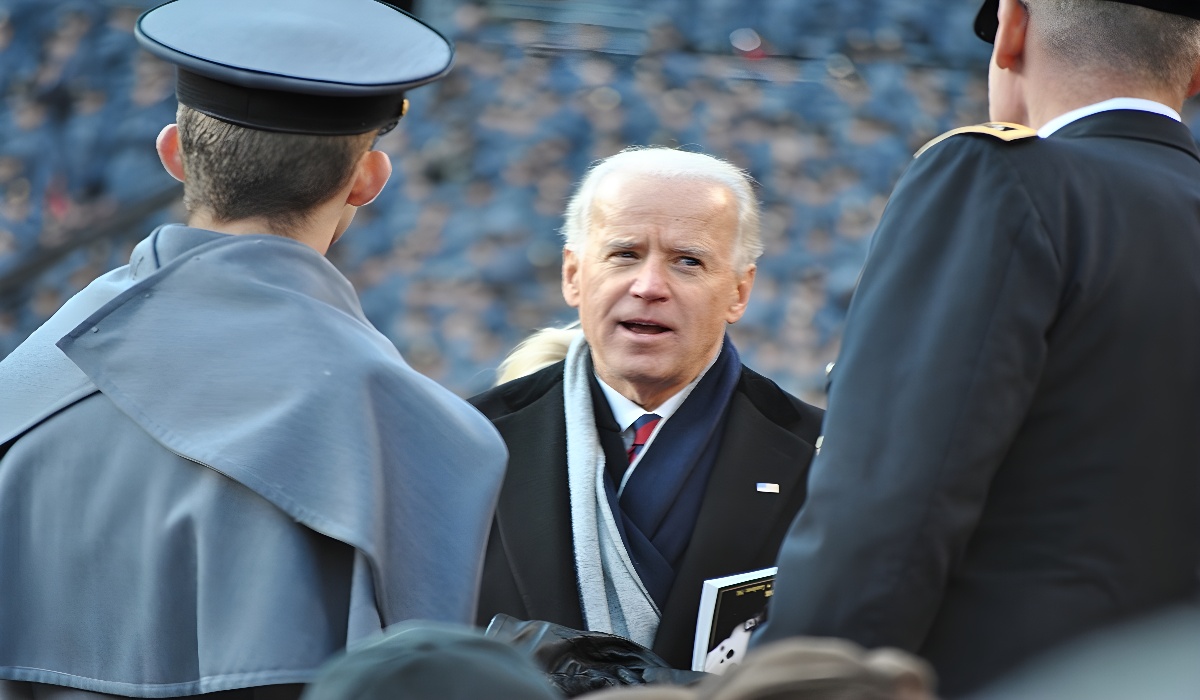The Future of Flying Automobiles: Feasible or Farfetched?
- Kingston Bailey
- Technology
- Trending
- July 6, 2023

Produced by: Cameron Griffith
Flying cars have long captured society’s imagination, often depicted in movies and TV shows as a futuristic mode of transportation. However, transitioning from traditional automobiles to flying cars is complex and multifaceted. While electric vehicles (EVs) are slowly gaining popularity, moving away from fuel-based transportation has taken us over a century.
Currently, the concept of flying cars remains largely in the realm of prototypes, conceptual designs, and limited-scale experiments. Companies like Uber, Airbus, and Volocopter have showcased various prototypes, but these are yet to become widespread or commercially viable options. The main obstacles include technological limitations, regulatory frameworks, infrastructure requirements, and societal readiness.
One of the key challenges in developing flying cars is creating safe, efficient, and reliable vehicles. Advancements in electric propulsion, lightweight materials, and autonomous systems are driving progress in this field. Electric Vertical Takeoff and Landing (eVTOL) aircraft, equipped with multiple rotors or propellers, show promise for short-distance urban air mobility. However, significant advancements are still needed to ensure energy efficiency, noise reduction, and scalability.
Integrating flying cars into existing airspace systems poses significant challenges. Developing air traffic management systems capable of handling a high volume of low-altitude aerial vehicles is essential. Establishing regulations and safety standards for flying cars, including pilot licensing, flight training, and certification processes, is crucial for public acceptance and operational safety.
Safety is a paramount concern for flying cars. Collision avoidance systems, fail-safe mechanisms, and redundant control systems must be in place to mitigate risks. Moreover, developing comprehensive insurance policies specific to aerial vehicles will be necessary to address the unique challenges flying cars pose. To determine appropriate coverage and pricing, insurance providers must assess pilot training, vehicle maintenance, and airspace congestion.
Transitioning to a world with flying cars involves reshaping the urban environment. Infrastructure such as landing pads, takeoff points, and charging stations will be essential. Additionally, enclosed cities with designated flight corridors and noise reduction measures may be required to minimize disruption to residents. Public acceptance of aerial transportation and addressing concerns such as noise pollution and privacy will be crucial to shaping regulations and infrastructure plans.
While the future of flying cars is undoubtedly exciting, it remains uncertain whether they will become ubiquitous within the next three decades. The challenges are significant, requiring technological advancements and societal adaptations. Early adoption may occur in specific use cases, such as medical emergencies, transportation of goods, or specialized industries. However, achieving a future where millions of flying cars navigate densely populated cities like in movies may be more distant and require significant advancements in infrastructure, technology, and public acceptance.:
The concept of flying cars has captivated our imaginations for decades, but the reality of integrating them into our transportation systems poses numerous challenges. While advancements in technology and infrastructure are being made, the timeframe for flying cars to become a widespread mode of transportation is uncertain. Realistic scenarios suggest that limited-scale adoption in specific use cases is more likely in the near future. Society must address regulatory, safety, infrastructure, and societal acceptance concerns before embracing a future with flying automobiles. While it may not be feasible to achieve the grand vision depicted in movies within our lifetime or on this planet, it is important to continue exploring and investing in the development of aerial transportation. Doing so can pave the way for future generations to refine and realize the full potential of flying cars, ultimately revolutionizing how we travel and commute.








